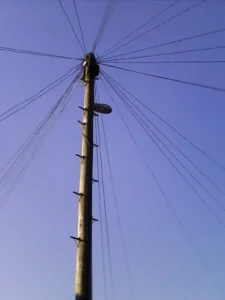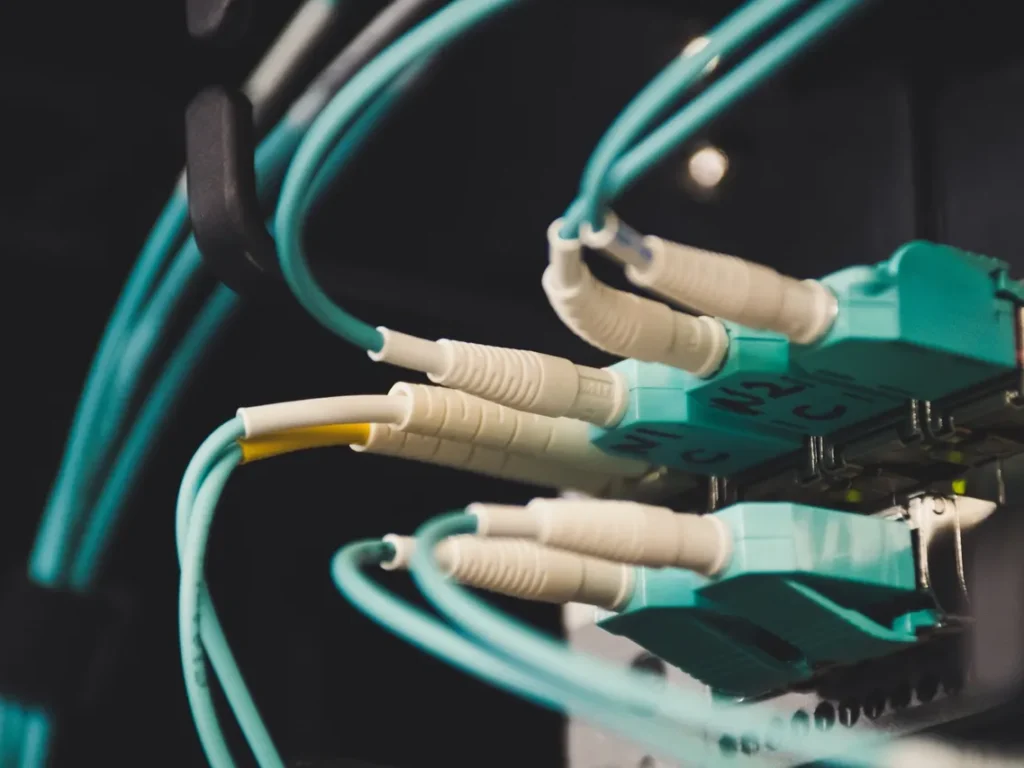The Leased Line Journey – Part One
When it comes to internet connectivity, there are a host of different options to choose from. There are many service providers and, on top of that, you have several choices of technology such as ADSL, which most of you will know as standard Broadband, to “Fibre” products such as Fibre to the Premises (FttP) and Fibre to the Cabinet (FttC)
This is the first part in a series of blogs that will explain Leased Lines and guide you through the ordering and installation process. In Part One we will explain what a Leased Line is, what you might need it for, and why it’s more suitable over other forms of internet connection.
What is a Leased Line?

A leased line internet connection is yours, and yours alone. It’s a direct connection straight from the internet and into your business. No sharing, no contention.
A leased line is delivered on what is known as a “Bearer”. This is the maximum capacity of the circuit. Bearer sizes are 100Mbps, 1000Mpbs (Or Gigabit) and 10Gbps. You then choose what bandwidth you want on that Bearer. For example, you might choose to have 50Mbps on a 100Mbps bearer, or you might choose to have 800Mbps on a 1000Mbps (1Gbps) bearer. It’s important to factor in growth and future requirements when determining the bearer size. It’s easy to increase bandwidth up to the maximum throughput of the bearer (ie 100Mbps on 100Mpbs bearer), but costly to upgrade the bearer itself.
In most cases a 1000Mbps bearer should be specified, with bandwidth being allocated in increments of 100Mbps.
How is it different from normal Broadband?

A leased line will also be much more reliable since it runs on dedicated equipment back at the local exchange, and it will have business appropriate service levels (SLAs) in case of any issues.
Why would I need a Leased Line?

- If you’re in an area that’s not served by any other appropriate services.
- You are moving large files regularly, such as images, video or music.
- You have a large number of users in your building.
- You have a large number of remote users accessing resources on your local network.
- You’re suffering from contention issues, or “go-slows”, on existing broadband.
- You have “mission critical” infrastructure, or your business demands “always on” and instant fixes.
What does a Leased Line cost?

Then we have to consider the distance to the nearest exchange. As the distance increases, so does the monthly cost. It’s also quite common to find that the same service is much more expensive when delivered to a site that isn’t near existing infrastructure.
Finally, the service providers. Their prices can vary dramatically depending on whether they already serve other properties/premises in that area. You might find that some locations are cheaper with Virgin Media, while others are cheaper with BT or Talk Talk.
Excess Construction Charges (ECCs) may also apply, these will be covered in Part 5 of this series.
In Summary…
If your business is suffering with poor internet, has mission critical infrastructure, demands quick fixes and relies on it’s internet connection to be fast and reliable, then a leased line may well be the answer.
We can help you determine what products are suitable for your business, specify the bandwidth and bearer requirements, and help manage the installation and migration.
Contact us now on 01908 794 794 or email info@litenetuk.com.
NEXT: Part 2 – The ordering process


